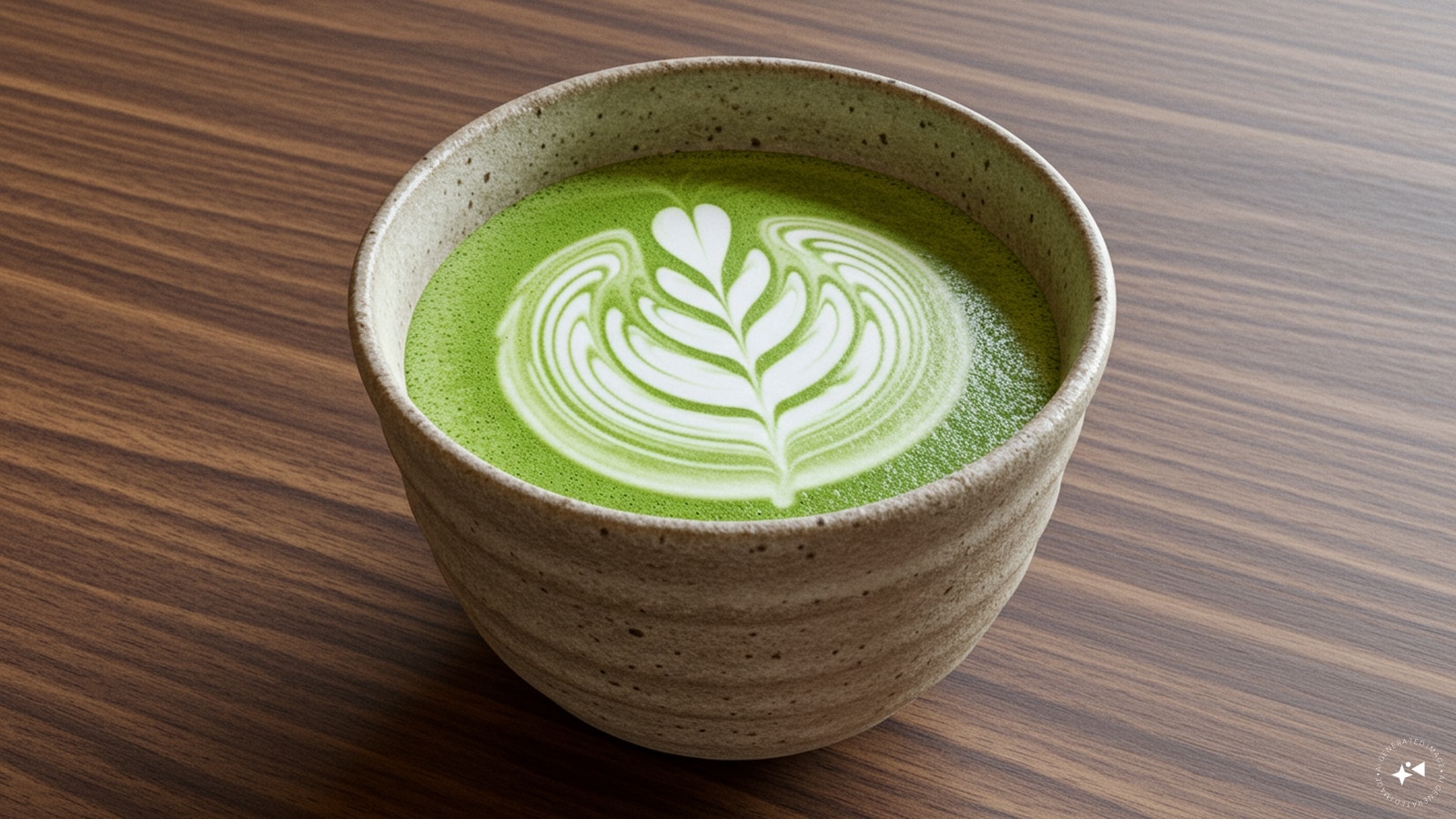Once a niche ingredient known only to wellness junkies and global travellers, matcha has swiftly stirred its way into India’s urban lifestyle — not just as a health trend, but as a subtle symbol of modern identity.
From iced matcha lattes in Delhi cafés to matcha-infused desserts at Mumbai’s posh bakeries, the powdered Japanese green tea has evolved into more than a drink.
For many posh Indians, sipping matcha not only signals a blend of global taste and mindful living, but of sophistication — making it a cultural marker that is redefining urban India.
Let us understand the origin of matcha, does it really have health benefits and how is it shaping India’s aesthetic economy.
Origin Of Matcha
Over 900 years ago, a Buddhist monk brought powdered tea from China’s Tang dynasty to Japan. Deeply woven into Zen Buddhist practices, matcha quickly became more than just a beverage; it was a symbol of mindfulness and ritual.
The word matcha literally means “powdered tea” in Japanese, and it has long been revered in traditional tea ceremonies. A vibrant member of the green tea family, this energising drink continues to hold cultural and ceremonial significance even today.
During the Song dynasty (960–1279 AD), tea leaves were steamed, dried, and ground into fine powder, which was whisked with hot water — very similar to how matcha is prepared today.
In the early 1100s, a Japanese Zen monk named Eisai brought powdered green tea and Chan (Zen) Buddhist tea practices from China to Japan.
The Japanese embraced this powdered tea and over centuries, refined it into matcha, a vibrant green tea made from shade-grown leaves (tencha), stone-ground into powder.
Matcha became central to the Japanese tea ceremony (chanoyu), associated with mindfulness, ritual, and simplicity.
In the 21st century, matcha has gained popularity for its anti-oxidant qualities, calming effects and rich umami flavour.
Are There Any Health Benefits Of Matcha?
Research shows that matcha contains high levels of antioxidants, particularly catechins, which are more concentrated than in regular tea. A study published in Healthline (2025) notes that matcha has significantly higher antioxidant content, with catechins contributing to cellular protection.
Matcha also contains L-theanine, an amino acid associated with improved concentration and alertness, alongside caffeine. A review by Harvard Health (2024) highlights that L-theanine, combined with caffeine, can enhance brain function, providing a calm alertness without jitteriness.
A 2015 review of 15 studies (cited in Healthline, 2025) found that green tea consumption, including matcha, is associated with a decreased risk of liver disease, potentially protecting against liver damage.
How Matcha Is Shaping India’s Aesthetic Economy
The market for matcha is expanding widely because of both consumer demand for healthier options and the influence of social media, where influencers and nutritionists regularly share matcha recipes and benefits.
“Historically the use of matcha in restaurants was limited to high end kaiseki meals and speciality establishments focussed on Japanese tradition. In 2000s, matcha was introduced in modern Japanese cafes and tea houses as a key ingredient in matcha lattes & desserts. It soon gained global popularity largely driven by social media and the rise of wellness culture owing to its various health benefits and it became a fashionable ingredient in cafes with matcha lattes, smoothies and baked goods. The use of Matcha has grown and diversified into products such as matcha infused cocktails, sauces, cheesecakes, puddings etc. The challenges faced in this segment are high cost, taste, sourcing, storage and the fact that using it in F & B is time consuming and skill based,” said Ashish Singh, COO & Culinary Director at Cafe Delhi Heights, as quoted by restaurants.in.
According to reports, the matcha market would be valued $2.36 billion in 2024 and rise at a compound annual growth rate (CAGR) of 4.17% to reach $2.89 billion by 2029.
Pallavi Shetty, Founder of Luuma House said, the global matcha market is expected to continue to grow as consumers prioritise wellness. But she said challenges such as expecting customers to know the difference between premium and low-grade matcha, high production costs, and sustainability concerns in sourcing matcha remain.
